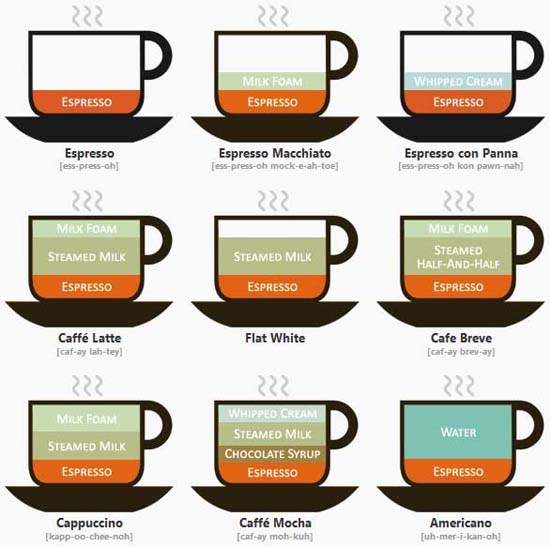
We rarely talk about the chemical side of collaboration, but it is probably one of the most important factors for your collaboration success. Here are two relatively recent examples that need to be shared.
1. Coffee CSA - This is one of the best examples of collaboration. Not only because of the way it connects businesses and consumers, but because it is arguably one of the most effective ways of collaboratively combating poverty. Spending $20 a month on coffee buying direct from an Ethiopian farmer is probably (can anyone prove this? Cash reward offered!) more effective that $2,000 cash to any charity claiming to do good work in the same geographic region.
+ One farmer's fair trade sustained income can keep a family of 10 out of food assistance for life
- The average charity project is 3 years
+ An employed farmer can buy books and uniforms to send his/her kids to school for life
- The average charity projects is just 3 years
+ The average farmer needs to transport his product and therefore supports roads and commerce
- The average charity has their own SUV's for foreigners to visit
The coffee CSA literally lets you choose which farmer you want to buy your beans from. They are then delivered every month to satisfy your caffeinated persuasion. This particular CSA just made it big time in the NY Times.
2. There have been some pretty substantial reports/studies into the effectiveness of coffee. Here is an inforgraphic well worth looking at. This is a chart from the Canadian Department of National Defense that depicts the effectiveness of the little bean on soldiers in action. Pretty amazing!

The effects of 200 mg of caffeine versus either a placebo or a non treatment control condition on target detection response time over 3 hours of a simulated sentry duty task. From Johnson and Merullo, 2000.